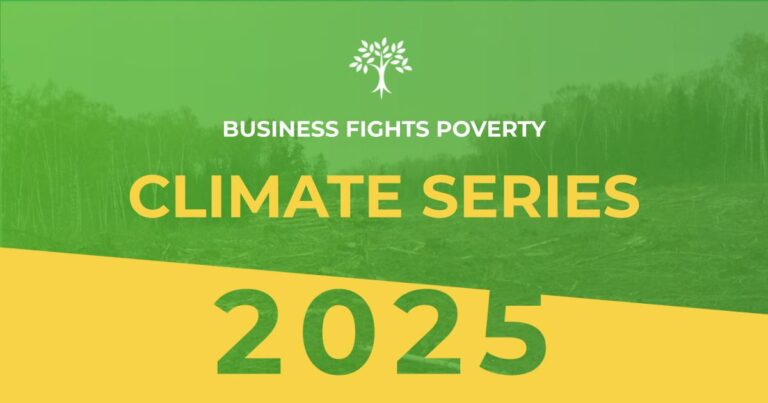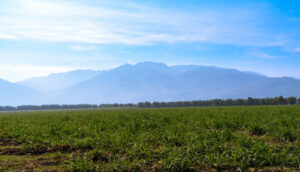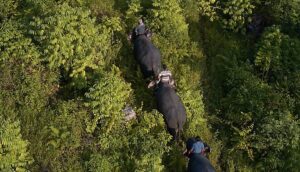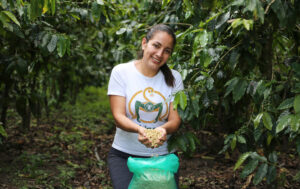Our recent 5 Bridges to 2045 report provides a framework for how companies can build a fairer, more resilient future. Bridge 2 emphasises the importance of social and environmental teams working together to deliver better business outcomes for people and planet. How can this work in practice? We take a deep dive into how Brazilian cosmetics giant Natura has successfully engaged teams across the business to integrate natural, social and human capital into their financial accounting.
A recent survey of over 844 sustainability professionals found that nine in ten experts agree that a shift in how environmental and social issues are approached is needed, with over half calling for a radical overhaul. The survey identified a number of opportunities where people thought attention should be focused. 62 per cent believed the integration of natural, social and human capital into financial accounting is a high-impact solution, but it ranks low in likelihood of implementation.
So what exactly is it, and how have Natura managed it?
The problem it sought to address was fundamental: Traditional financial accounting, while critical, fails to capture the full value created or eroded by corporate activities across ecosystems, communities, and human well-being. As a company deeply connected to the Amazon and dependent on relationships with millions of beauty consultants, Natura needed a system that would recognise the real costs and true benefits of its operations. The iP&L framework was developed to quantify, in monetary terms, the impact of Natura’s business across four capitals: produced, natural, social, and human.
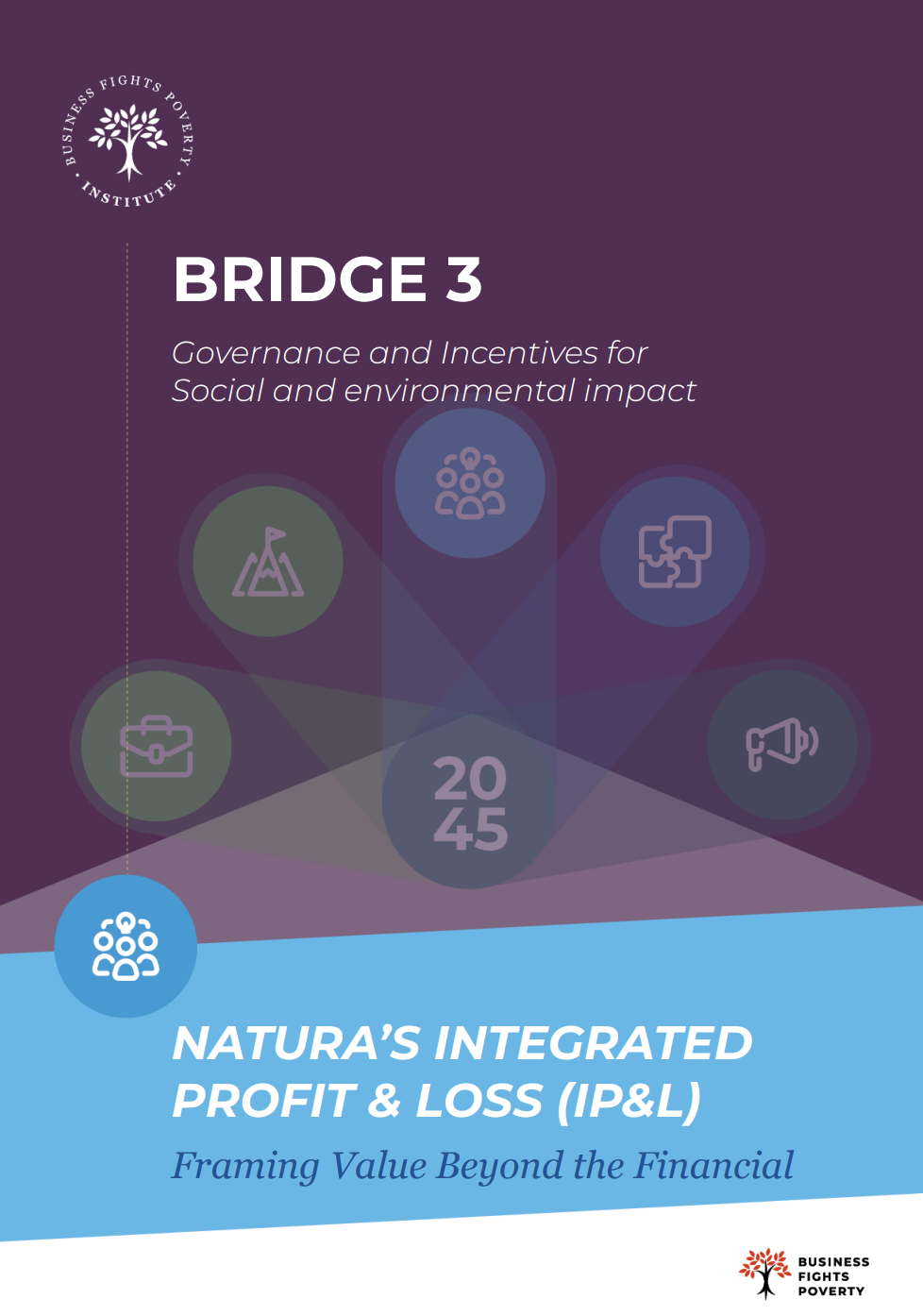 The framework applies recognised protocols (such as the Natural and Social & Human Capital Protocols) to measure and monetise outcomes like carbon emissions, biodiversity protection, circularity of materials, and the socio-economic ripple effects of supporting low-income entrepreneurs, especially women. The 2024 report, previewed in Natura’s annual update, shows a net societal contribution of R$50.5 billion, a 2.5× multiplier on revenue. This is an increase on 2023 reporting, which showed a net positive impact of R$39.5 billion, more than double its negative environmental costs, with particularly high returns generated by forest-based economies and consultant income support (Natura iP&L 2021 Technical Report, Valuing Impact, 2023). The iP&L has also supported practical decisions: influencing sourcing strategies, shaping internal investment flows, and informing public advocacy for Amazon forest protection, regenerative supply chains, and national-level bioeconomy policies in Brazil (Sustainable Business Now, 2024)
The framework applies recognised protocols (such as the Natural and Social & Human Capital Protocols) to measure and monetise outcomes like carbon emissions, biodiversity protection, circularity of materials, and the socio-economic ripple effects of supporting low-income entrepreneurs, especially women. The 2024 report, previewed in Natura’s annual update, shows a net societal contribution of R$50.5 billion, a 2.5× multiplier on revenue. This is an increase on 2023 reporting, which showed a net positive impact of R$39.5 billion, more than double its negative environmental costs, with particularly high returns generated by forest-based economies and consultant income support (Natura iP&L 2021 Technical Report, Valuing Impact, 2023). The iP&L has also supported practical decisions: influencing sourcing strategies, shaping internal investment flows, and informing public advocacy for Amazon forest protection, regenerative supply chains, and national-level bioeconomy policies in Brazil (Sustainable Business Now, 2024)
So what happens when the process reveals a negative impact?
When Natura’s iP&L reveals a negative impact, such as excess carbon emissions, water consumption, or social inequality, it responds through targeted mitigation strategies. These include investing in high-quality carbon credits, redirecting funds toward regenerative sourcing programs in the Amazon, supporting income redistribution to low-income consultants, and redesigning packaging or logistics systems to reduce material and energy intensity (IFAC, 2022, Natura iP&L 2021). Rather than treating impact as externality, Natura’s iP&L enables it to see such costs as signals for business adaptation, accountability, and innovation.
What about the challenges?
A recent WEF report on mainstreaming natural capital laments that wider uptake by companies has been slow because it is time and resource-intensive to collect data on ecosystem services that have traditionally been “free inputs” and model this data into meaningful business metrics, especially given the lack of clear standards and methodologies in many regions and for specific sectors. Nor are leading companies rewarded for undertaking this type of work. However, the shift towards more integrated environmental and social reporting offers opportunities to change this.
Natura acknowledges that valuing intangible social outcomes, like empowerment, dignity, and improved hygiene, remains difficult. Data fragmentation across business units, non‑standard valuation methods, and evolving reporting frameworks requires ongoing refinement of Natura’s iP&L. A strategic priority is turning iP&L into a comparable blueprint for cross‑company and cross‑sector benchmarking. Internally, making iP&L decision‑useful at scale means embedding it in planning, capex, pricing, and portfolio governance, work that is progressing but depends on continuous capability‑building. Ultimately, translating a technical iP&L into clear and reliable communications is the key challenge in proving that socio-environmental activities can (and do) deliver significant business returns.
Critics often challenge whether the paradigm of “green growth” can truly reconcile rising consumption with planetary limits. But for business, the debate is less about labels than it is about action. Whether it is called green growth, post-growth, or regeneration, the imperatives remain: decarbonise operations, put a value on natural capital, enable dignified work, and help livelihoods to be resilient against disruption. Natura is showing it is possible to do this. Now is the time for many more to join them.
This article is part of the Business Fights Poverty Climate Series with Fundação Dom Cabral (FDC) taking place during COP30 Climate Summit in Belém, Brazil.



